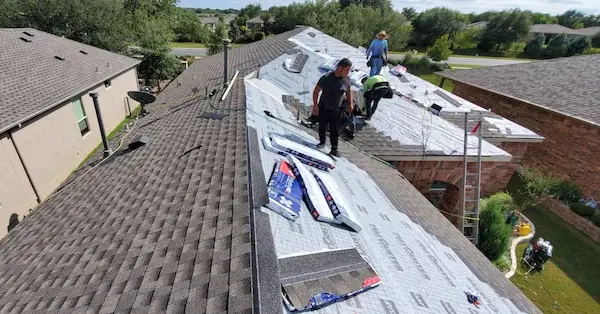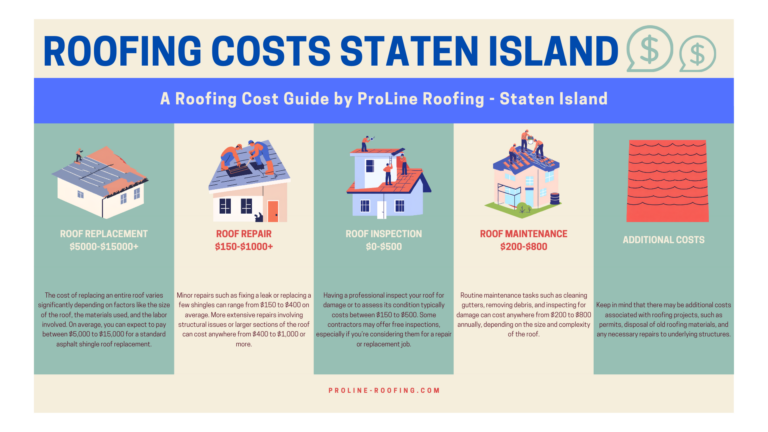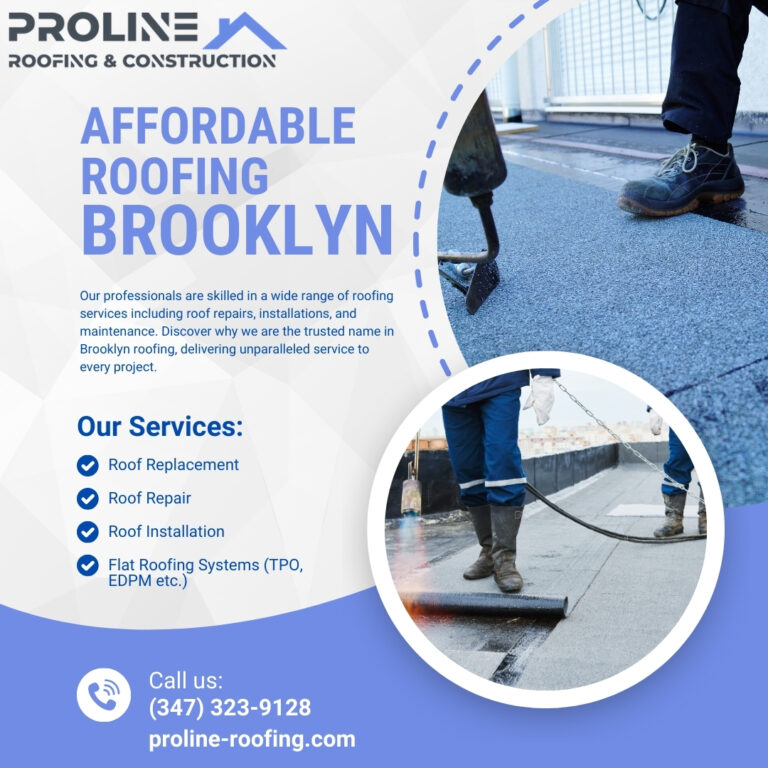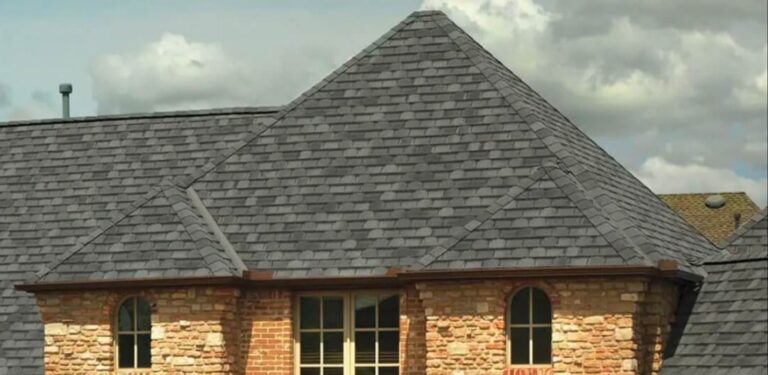New Yorkers know the harsh realities our roofs endure – relentless sun, driving rain, and the unforgiving freeze-thaw cycle of winter. Even the most well-constructed roof will eventually show signs of wear. Spotting the early indicators of trouble is key to preventing a small problem from snowballing into a costly crisis and potential damage to your home’s interior.
Sign #1: Approaching the Expiration Date
Much like any essential appliance or system in your home, roofs don’t last forever. While the lifespan will vary depending on the materials used, most roofs installed in the demanding New York climate have a finite time of reliable service. Knowing the approximate age of your roof is the first step in determining if it’s nearing the end of its lifecycle.
Understanding the typical lifespans of common materials is crucial:
- Asphalt Shingles: The most widespread option, these generally last 15-20 years in our region.
- Metal Roofs: A premium choice, metal can endure 40-70 years in the Northeast.
- Slate & Tile: These long-lasting materials can offer 50+ years of protection, but come with a higher price tag.
For many homeowners, records of when their roof was installed might not be readily available. Old home inspection reports, building permits, or even discussions with previous owners can be excellent sources of information. For those truly in the dark, a qualified roofing inspector can often estimate the age based on materials and installation techniques.
ProLine Takeaway: Just as you wouldn’t wait for your car engine to give out before getting an oil change, being proactive about your roof’s age prevents unexpected (and often much costlier) failures.
Sign #2: Shingles Showing Their Age
Your shingles are your roof’s first line of defense, facing the full brunt of everything Mother Nature throws our way. The passage of time takes its toll, leaving telltale signs of trouble that shouldn’t be ignored.
Here’s what to watch for:
- Curling: Shingle edges that curl upwards or downwards indicate compromised weatherproofing and could lead to leaks.
- Cracking: Cracked, brittle shingles are vulnerable to wind damage and water infiltration.
- Missing Shingles: Gaps in your roof expose the sensitive underlayment to the elements, accelerating damage.
- Granule Loss: Notice excessive granules (the sand-like coating on asphalt shingles) in your gutters? It’s a sign of a deteriorating roof surface.
Don’t underestimate the significance of damaged shingles. They may seem minor, but they represent a breach in your home’s protective barrier. Think of a single missing shingle as a potential gateway for a cascading series of problems – from leaks in your attic to mold growth and even major structural damage.
ProLine Takeaway: Damaged shingles are more than just an eyesore; they signal the need for a closer inspection by a roofing professional.
Sign #3: Daylight Peeking Through
While some signs of roof wear are visible from the outside, others reveal themselves inside your attic. A quick inspection with a flashlight can uncover hidden warning signals that are easily overlooked.
- The Tell-Tale Light: If you see rays of sunlight streaming through gaps in your roof boards, you have a problem. This means holes or cracks exist, allowing water and pests a direct entry point.
- Water Stains: Dark stains or streaks on the underside of your roof decking, particularly around chimneys and vents, are evidence of past or ongoing leaks.
- Mold or Mildew: Musty odors, along with fuzzy grey or black growth on wood surfaces, indicate excess moisture – a haven for damaging mold and wood rot.
Your attic isn’t just storage space – it’s a crucial indicator of your roof’s health. Even small leaks in this area can lead to costly damage:
- Compromised Insulation: Water-soaked insulation loses its effectiveness, leading to energy loss and spiking bills.
- Weakened Structure: Prolonged exposure to moisture can rot wood framing, undermining the integrity of your entire roof.
- Interior Damage: Eventually, leaks may travel down into living spaces, creating stains on ceilings and causing potential electrical hazards.
ProLine Takeaway: Don’t dismiss what your attic might be telling you. Small leaks spotted early can prevent catastrophic consequences down the line.
Sign #4: Sagging Roofline
A sagging or uneven roofline is not just a cosmetic issue; it’s a major red flag signaling potential structural problems that demand immediate attention. Straight lines should be the norm – any dips, bulges, or bows along your roofline indicate a deeper problem.
Here’s why a sagging roof is cause for concern:
- Water Damage: Prolonged exposure to moisture can warp and weaken the wooden decking that supports your roof. This is often the result of undetected leaks.
- Framing Issues: Damaged or overloaded rafters and trusses, the backbone of your roof, can buckle under the weight they’re meant to carry.
- Foundation Problems: In some cases, foundation settling can indirectly impact your roofline, particularly in older homes.
Don’t underestimate the seriousness of a sagging roof. In extreme cases, there’s a risk of collapse, posing a safety hazard. Even minor sagging necessitates a professional assessment to determine the underlying cause and determine the urgency of repair.
ProLine Takeaway: A sagging roofline isn’t something to “wait and see” with. The sooner an expert diagnoses the issue, the better the chance of preventing major structural damage and saving money in the long run.
Sign #5: Climbing Energy Bills
Your roof plays a crucial, and often overlooked, role in your home’s energy efficiency. A compromised roof allows heat to escape in the winter and hot air to infiltrate during the summer, forcing your HVAC system to work overtime.
Here’s how a failing roof can impact your utility bills:
- Compromised Insulation: Holes, leaks, or poorly ventilated attics undermine your insulation’s effectiveness. It’s like trying to heat or cool your home with open windows.
- Air Leaks: Small gaps and cracks in your roof’s structure allow conditioned air to escape. Your furnace and air conditioner then run longer cycles to keep up.
- Uneven Temperatures: Drafts, hot spots, and difficulty maintaining a comfortable temperature throughout your home often point to roof and attic ventilation problems.
Unexplained increases in heating and cooling costs could signal hidden roof problems that are silently draining your bank account.
ProLine Takeaway: While there are many factors influencing your energy bills, a thorough evaluation of your roof’s condition can uncover a surprising culprit leading to higher expenses.
Don’t wait for a leaking ceiling or a collapsing roof to force your hand. Recognizing these often subtle signs of trouble empowers you to act before the situation becomes a full-blown and expensive emergency. Be proactive about your roof’s health – it’s a sound investment in the protection and value of your most important asset, your home.




